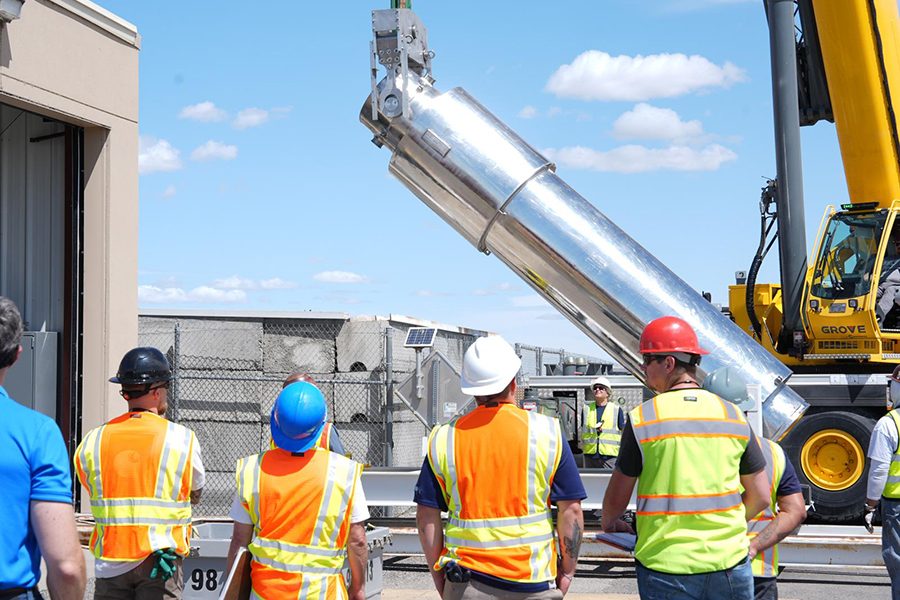Researchers at Pacific Northwest National Laboratory will puncture, cut and crush spent advanced nuclear fuel rods to find new ways to squeeze every drop of energy available from them.
Eleven nuclear fuel rods exposed to “high burnup” conditions—housed for longer than usual in a nuclear reactor—were recently delivered to PNNL’s Radiochemical Processing Laboratory by Global Nuclear Fuel, according to a release. The lab’s experiments, currently underway, will study how the fuel rods responded to the extreme conditions and potentially inform how future nuclear fuels are made.
“To draw more energy from these materials and increase power plant power is like putting new generating capacity on the grid without having to build any new infrastructure,” said Mark Nutt, director of PNNL’s nuclear energy market sector, in a statement. “That’s a useful thing for both fuel vendors and a nation that seeks to realize a fuller nuclear potential.”
The experiments are funded by the Department of Energy Office of Nuclear Energy’s Accident Tolerant Fuel program. Lab officials also noted that the research aligns with recent executive orders from the Trump administration to facilitate five gigawatts of power uprates at existing power plants by 2030.
